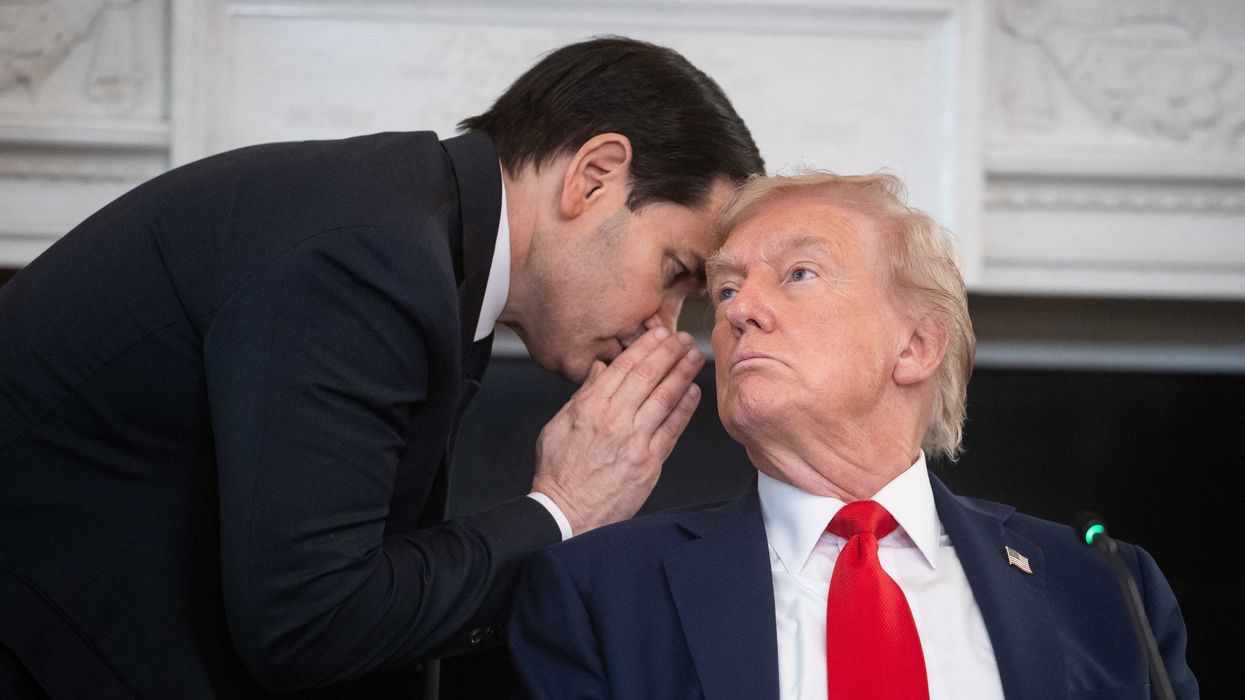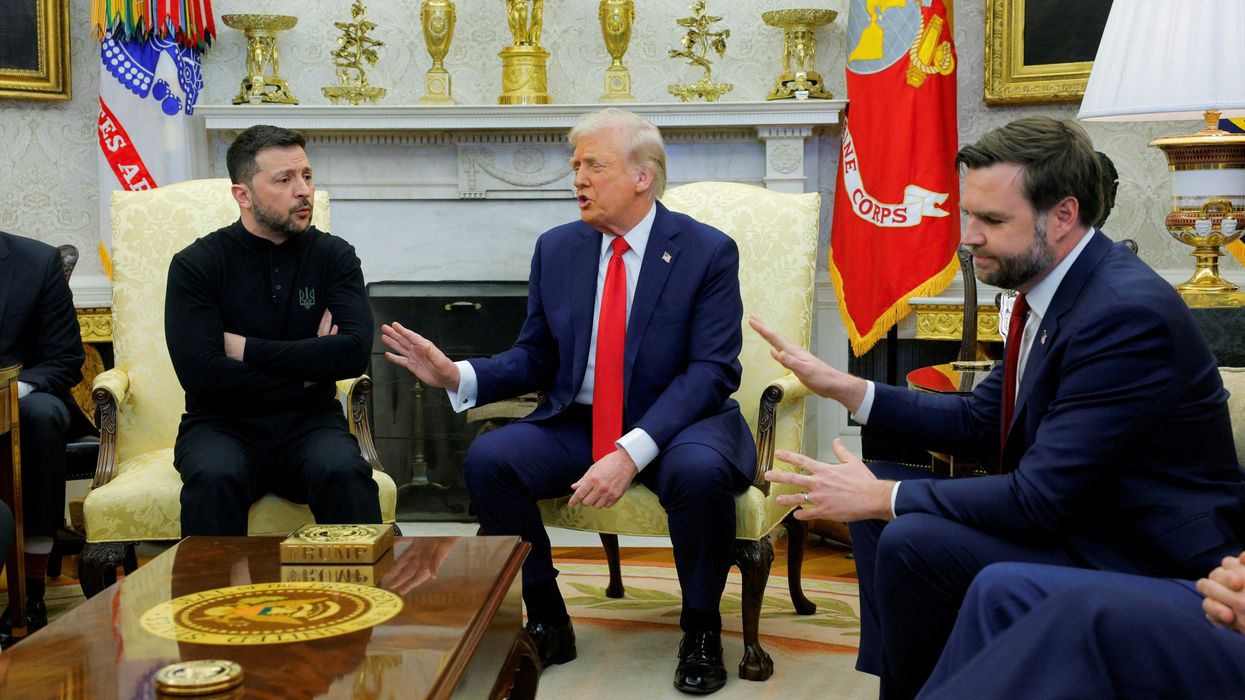Having laid the first fiber optic cables across the seas, the United States cemented its role as the architect of the internet. In turn, data flowed where it was most efficiently crunched: through the United States, and its massive technology companies, vibrant customer base, cheap power, and land.
With Big Tech on our side, we could never lose. Or so we thought.
The People’s Republic of China’s vision of a closed internet — one defined and limited by the sovereign and its geographic borders — has increasingly been altering the paradigm. Under this model, the internet would no longer be worldwide. Instead, nations would create their own intranets, upsetting decades of U.S. diplomatic efforts to keep the internet worldwide. Unilateral moves like the Trump administration trying to ban Chinese social media platforms TikTok and WeChat gets us one step closer to a world of nationalized intranets.
For years, China has been using multilateral venues to sell digitizing countries on its mission to fragment the internet. Chinese officials have succeeded in Nigeria and Egypt, where leadership has enacted PRC-style internet policies. Iran’s National Information Network censors content that may create cultural, social, political, or security issues and Russia continues building its own Rusnet.
Ostensibly, internet sovereignty offers a solution for countries exploited by Big Tech. Certain types of data would be kept within borders by law, forcing companies to establish an economic presence within the country instead of extracting data free of charge.
But internet sovereignty makes digital progress harder, consistently producing a negative impact on countries’ GDP and skyrocketing cloud computing costs. Eschewing the security of distributed cloud networks, these policies create immense cybersecurity risks as entire countries’ worth of data are stored centrally in hacking jackpots.
Where the free internet democratized access to information, internet sovereignty would return the elites’ dominance. Autocratic, illiberal, or backsliding democratic regimes would gain an entire new playbook of control — shutting off internet access during contested elections, stifling dissent under the banner of disinformation, and creating new-age, realistic propaganda to blur fact from fiction.
And now, internet sovereignty’s greatest champion, the Chinese Communist Party, has created the perfect global security imperative for the rise of cyber Westphalia.
Indeed, PRC-based companies have no choice but to hand over collected data at the request of the CCP. The CCP has the strongest presence inside of tech companies. President Xi Jinping recently urged the tech industry “not [to] forget their original intentions” of national interest.
In peddling internet sovereignty and “win-win” partnerships, the CCP is merely cloaking its extractivism — its state-directed siphoning of countries’ data that results in profound technological dependencies. China’s widespread surveillance tech exports, which offer over 60 countries hi-tech repression for cheap, grant it default access to citizen-biometric data at scale. For populations without the luxuries of Google or Apple, PRC-based Transsion sells low-priced smartphones with a digital tax of data.
Every day, artificial intelligence — and the data that feeds it — becomes more of a priority for countries. The ease by which the PRC can siphon data may prompt more countries to erect digital borders.
Meanwhile, America’s response has missed the forest for the trees. The Clean Network initiative — an attempt to clear any Chinese influence from telecommunications networks, mobile apps, cloud storage and processing, and undersea cables — is strangely reflective of the internet sovereignty model.
To ban or not ban is not the question. The United States is already caught in China’s Catch-22: either we continue to prohibit China’s internet and technology products, promoting a fragmented internet, or we permit the unfettered siphoning of our data.
Some say it’s too late — that a world wide web should be abandoned for an exclusive digital trade zone composed of those with democratic ideals. But this is a policy of no return. There would be two poles, China and the United States, forcing countries to choose between a censored or free internet. It is inevitable that some leaders will make the wrong choice for the wrong reasons and it’s not exactly a popular time for democracies.
Over the following decades, authoritarian countries would be driven deeper into the PRC bloc. Far greater economic and political inefficiencies would result, including siloed research and development and reduced international cooperation on pressing existential issues like climate change.
By 2030, this future may be inevitable. But for now, the Catch-22 remains a false choice. A coordinated, U.S.-led approach could save the internet. And it is worth trying.
The low-hanging fruit is investing in a coalition of democracies. This would help reframe the harmful rhetoric of a U.S.-China ‘tech cold war’ into an inclusive effort to secure democracy and human rights in the Information Age. Ideally, a composite of India, South Korea, Australia, and the Netherlands would be added to America’s G7 partners to create a Tech-11 alliance.
Legitimacy in global leadership could start with setting standards for internet companies’ data collection, government influence, and information security practices — a reason-based alternative to the overreliance on an app’s country of origin for risk assessments. The Tech-11 should facilitate investigations of the U.N.’s New Internet Protocol proposal for PRC-influence and departures from openness, transparency, and end-user control. The coalition could also form a powerful voting bloc in the World Trade Organization’s ongoing negotiations over cross-border data flows.
In coordinating integrated hardware and data export controls in line with the proposed recommendations, the Tech-11 would have teeth. Occupying 90 percent of the market share in semiconductors — the lynchpin for advanced-tech development — member states could leverage a unified front of restrictions over any country abusing human rights with technology.
An informal, network-based alliance would be the right venue. First, Tech-11 could synchronize investment screening policies to mitigate allies’ weak links in the globalized supply chains. Complying countries would gain fast-tracked exempted status under the U.S. Treasury’s Committee on Foreign Investment.
Second, it would boost American efforts to convince hesitant EU member-states towards taking the ‘first step’ in moving beyond the Wassenaar Arrangements, the slow-moving, consensus-based European authority for restricting dual-use exports.
Third, the Tech-11 could expand and forecast future foundational technologies. Countries at the forefront of key markets could drive ethical-use standards and export controls. External partnerships, like with Switzerland on quantum computing or Finland on telecommunications, could be organized to maximize collective R&D efforts. In turn, the world would receive consistent, visible guidance over what precisely the democratic alternative to China’s turnkey tech-packages will be.
America must also develop country-specific cyber-diplomatic efforts. For years now, Beijing has been offering upgrades to the digitizing world, embracing Mao’s strategies to surround the resistant cityscape by winning over the countryside (鄉村包圍城市). Given their immense global influence, countries like Brazil, Indonesia, Mexico, India, and Singapore are key to defining the internet’s future.
Congress should stop precluding the State Department from competing on these bilateral relationships, particularly with India, and establish the Bureau of Cyberspace Security and Emerging Technologies. Meanwhile, a joint U.S.-EU investment fund could rival competitive loans for western tech products, while the Department of Commerce could coordinate protections over cross-border data flows among the Tech-11 and others.
Diplomacy will need to be complex and respectful. It won’t be easy to navigate the varied models of data governance, including existing data policies that may favor PRC-based companies. We are behind on these multilateral efforts. But the longer we wait, the closer China will get to sidestepping our semiconductor leverage, and the more difficult effective partnerships will be.
Without allied efforts to preserve the free flow of data, each hawkish move the United States takes against the CCP — ban, blacklist, sanction, condemn — will only continue to erode the base that first gave the United States the most influence in the digital age.
















